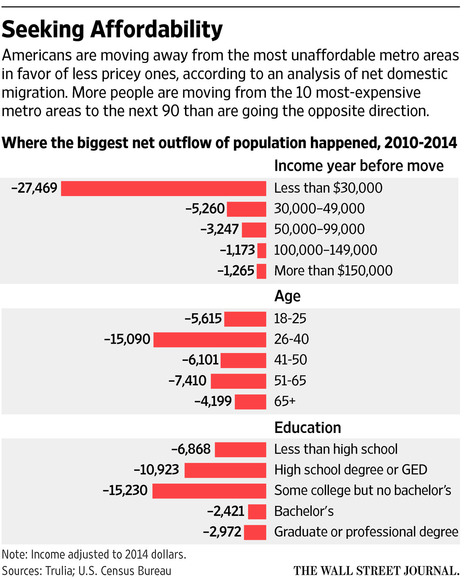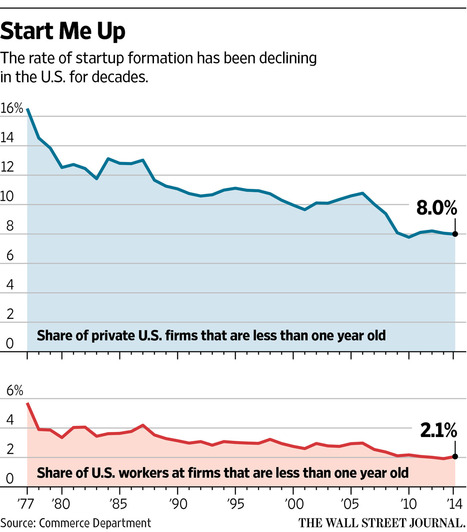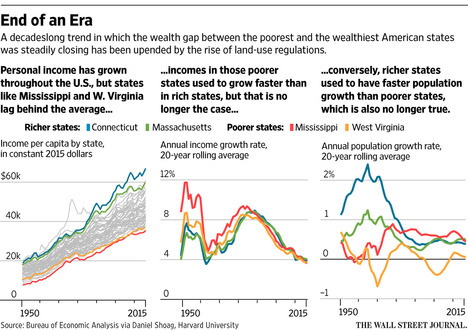(p. B1) Working families finally got a raise.
Early on Tuesday, the Census Bureau provided some long-awaited good news for the beleaguered working class: The income of the typical American household perched on the middle rung of the income ladder increased a hearty 5.2 percent in 2015, the first real increase since 2007, the year before the economy sank into recession.
Households all the way down the income scale made more money last year. The average incomes of the poorest fifth of the population increased 6.6 percent after three consecutive years of decline. And the official poverty rate declined to 13.5 percent from 14.8 percent in 2014, the sharpest decline since the late 1960s.
The numbers are heartening, confirming that the sluggish yet consistent recovery of the American economy has finally begun to lift all boats.
For the full commentary, see:
Porter, Eduardo. “ECONOMIC SCENE; The Bad News Is the Good News Could Be Better.” The New York Times (Mon., SEPT. 14, 2016): B1 & B5.
(Note: the online version of the commentary has the date SEPT. 13, 2016, and has the title “ECONOMIC SCENE; America’s Inequality Problem: Real Income Gains Are Brief and Hard to Find.”)





